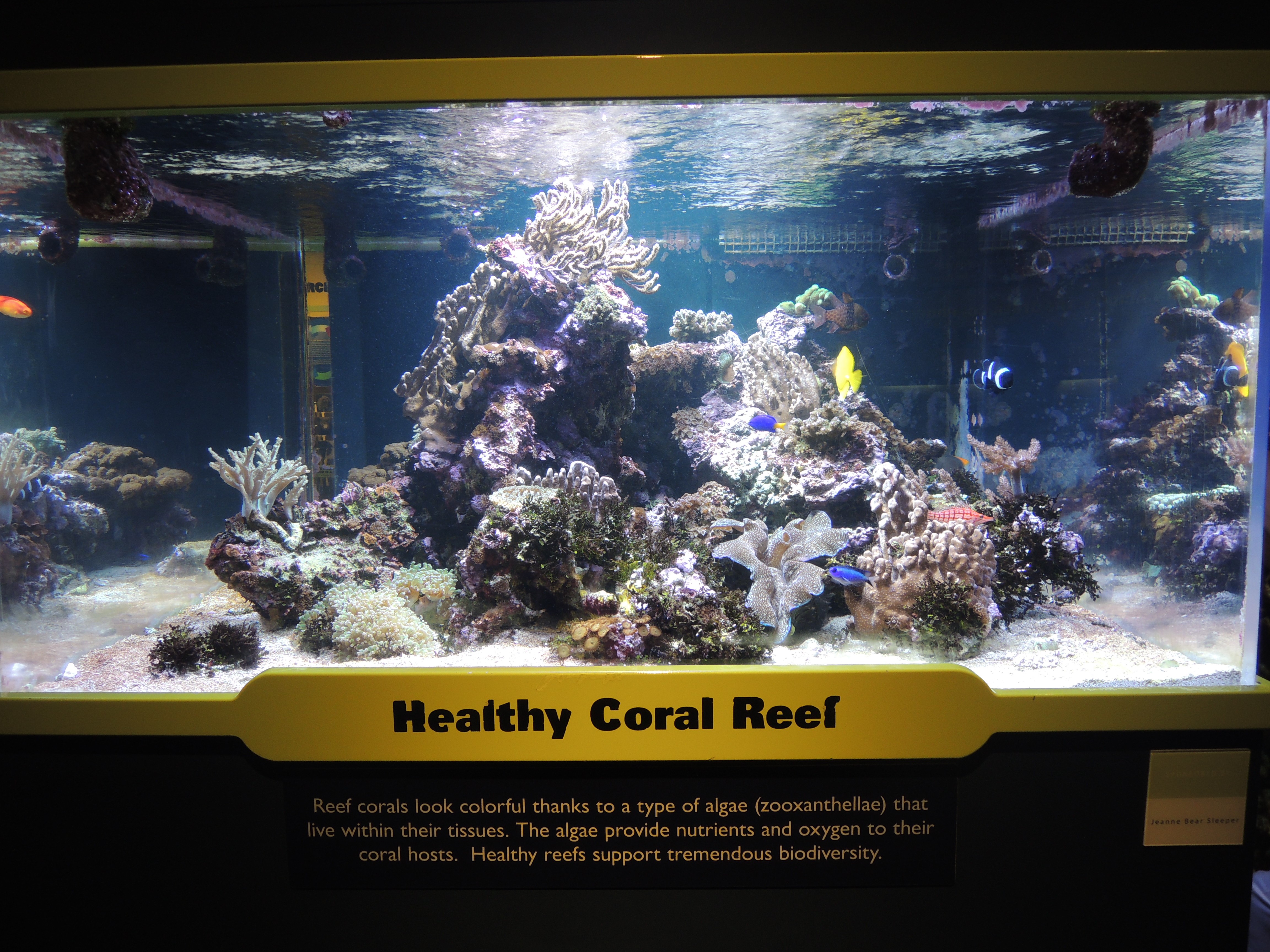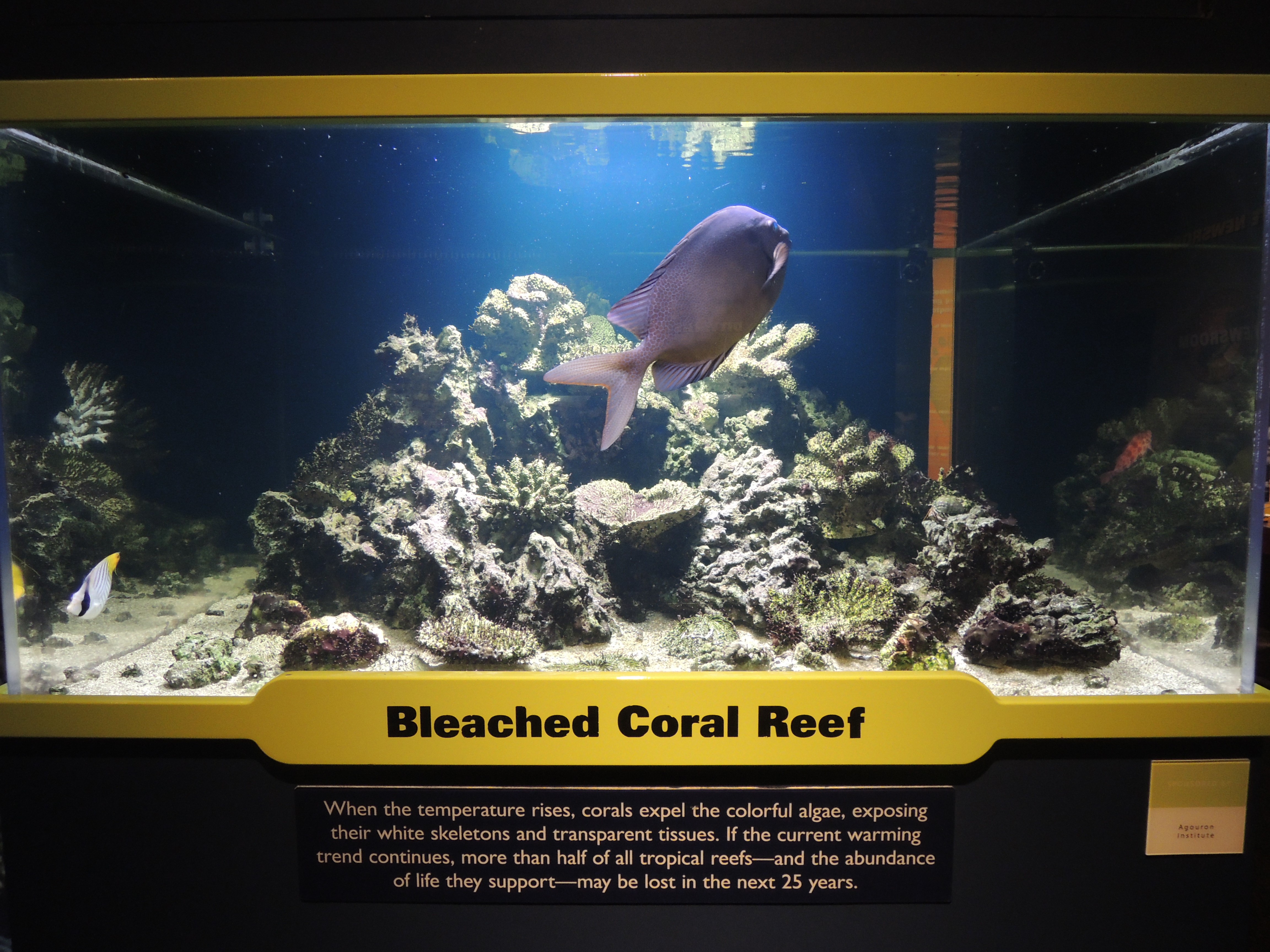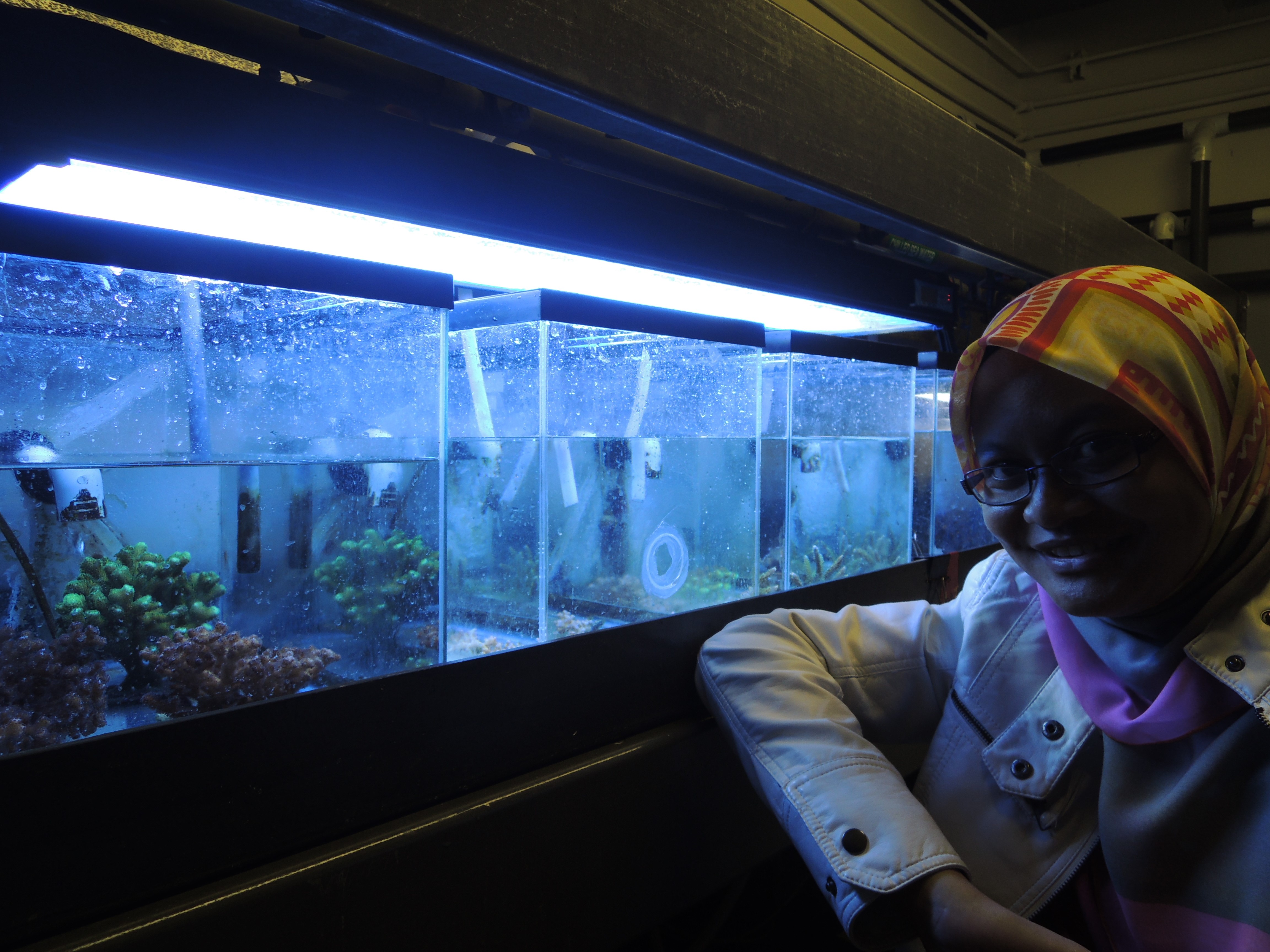Week 6: 12 May – 16 May 2014
Attachment in the lab of Marine Microbial Ecology under Prof. Dr Farooq Azam
Scripps Institution of Oceanography, San Diego, United States Of America
In understanding the interaction of microbes within a host, it is also important to understand the host itself. There are different hosts associated microbes that are commonly being studied in aquatic microbial ecology and one of them is the coral.
Not many people realise that coral is actually living animals that have existed for 200 million years. It is an invertebrate that are made up of numerous soft bodied animals called coral polyps. To date, there are about 6,000 coral species around the world. Corals are important elements for marine ecosystems which support over one quarter of all marine species, protecting the coastlines from erosion. The corals also nicknamed as the ‘rainforests of the sea’ act as a home to thousand of fish varieties, invertebrates and many other aquatic animals.
Corals also are symbiotically associated with various types of microorganisms including microalgae and bacteria. The symbiosis with algae gives the coral its colour. Examples are the zooxanthellae algae that live within the tissues of the polyps and the corralline algae. Both algae provide food (organic nutrients) and oxygen while the coral provide shelter and carbon dioxide for the algal photosynthetic activity. The symbiosis is so important that coral will become white (bleached) without the algae.
 Healthy coral reef with algal symbiont
Healthy coral reef with algal symbiont
 Bleached coral reef without the algal symbiont
Bleached coral reef without the algal symbiont
Current trends show that coral reefs continue to decline. This is because the organism is very sensitive in nature and studies have shown that it is diminishing globally. It has been estimated that around 19% of coral reefs are lost and 35% will be further lost in the next 20-40 years. Some of the threats are natural (diseases, predator and storm) and some are caused by humans e.g., overfishing, pollution leading to climate change and ocean acidification. These threats are among the factors that cause coral stress, leading to coral bleaching making them susceptible to diseases and death. There are also efforts to restore the reef through coral propagation. This is done through collection of coral fragments and reproduction in nursery tanks before being transplanted again into the ocean.
In Scripps, coral reefs are among the major topics that are being studied by different labs. Among the studies are the fundamental research on coral biology, ecology, microbiology and diseases. In Azam’s lab, the concept of “coral holobiont” has been introduced. Azam and colleagues observed that each coral species has its own distinct microbial communities which are diverse even the adjacently located. The researchers are now investigating the role of coral mucus in aquatic microbial ecology.
 Coral fragments for research in Scripps
Coral fragments for research in Scripps
In Malaysia, a network between six countries (Malaysia, Indonesia, Papua New Guinea, Philippines, Solomon Islands and Timor Leste) known as the ‘Coral Triangle Initiative’ has been formed in 2007. The network aims to address the threat on coral reefs and protect the coral triangle of 647 million hectares of land and sea in the territories of these six countries. It is one of the most biologically diverse and ecologically rich regions on earth with 600 corals and 2,500 of different world’s reef fish species.
References:
1. Lectures of Prof. Dr. Farooq Azam and Prof. Dr. Forest Rohwer
2. www.coraltriangleinitiative.org
3. http://www.education.noaa.gov/Marine_Life/Coral_Ecosystems.html